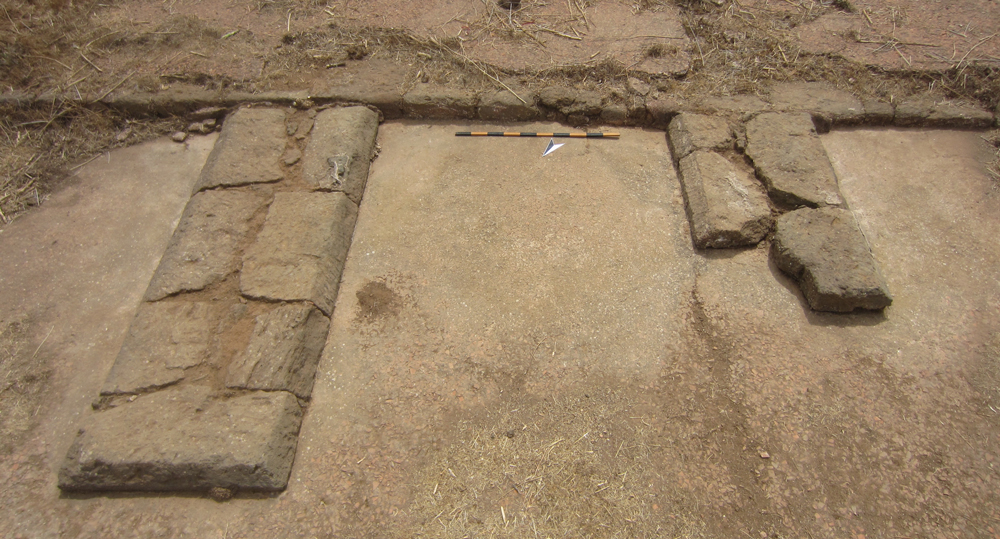This Ph.D. project focuses on the display of statues in public spaces in Sicily from the Hellenistic to the Late Antique period. The aim of this research project is a comprehensive synthetic study of the honorary practice in Sicily, including an assessment of all relevant features: inscriptions, bases, and sculptural remains. Particular focus is on reconstructing the spatial and socio-historical context of the honorary monuments.
Research
Receiving an honorary statue in public space was one of the highest honours in the Graeco-Roman world. The honorary practice has barely been studied in Sicily, however, because, for a long time, focus in research has been on the Archaic and Classical periods.
First results
Therefore, in the first 1.5 years of dissertation research five field trips to Sicily were carried out, in order to examine published and unpublished material in the following sites (in situ) as well as in museums and magazines: Centuripe, Halaesa, Megara Hyblaea, Monte Iato, Morgantina, Syracuse, Palermo, Termini Imerese, Pantelleria, Solunt, Messina and Taormina. All data is fully assessed (graphic and photographic documentation, archival records) and recorded in an integrated database. Participation at excavations in Morgantina (under direction of Sandra Lucore, American Excavations at Morgantina, and Monika Trümper, FU Berlin) and Pantelleria (Thomas Schäfer, Tübingen) provided particular insights into urban contexts and developments. A research stay in Oxford (October 2016 to March 2017) served to discuss research methods and first results in an international environment.
The catalogue currently includes: 152 inscriptions (49 Greek, 103 Latin) of statue bases, among them 66 with dedications to emperors and their families; more than 100 sculptural marble fragments, among them 37 portrait heads of emperors and their families, as well as over-life sized marble fragments, which probably belonged to statues of the imperial family. The chronological framework ranges from the 3rd century BC to the 5th century AD. The epigraphic evidence of the statue bases reveals that most of the dedications were initiated by an official institution, e.g. boule and demos, ordo, res publica etc. The reason for the dedication, however, is mentioned very rarely.
Furthermore, 57 foundations and statue bases without inscription were recorded in situ during the field trips. The majority of the monuments consist of rectangular blocks made out of local stone, revetted with marble plaques; only five exedrae and six bases of equestrian monuments have been identified in all of Sicily. The use of local stone is not surprising considering the lack of marble resources. Monolith statue bases were mostly also carved out of local stone and rarely out of marble blocks. Although some statue bases show dowel holes or cuttings for the insertion of a bronze statue on the upper surface, no bronze statue has been found yet.
First results of the dissertation research were presented at graduate colloquia in Berlin, Freiburg, and Oxford. Furthermore, she presented a paper at the international Topoi conference “Cityscapes of Hellenistic Sicily: A Reassessment” in Berlin.
Within the frame of the international Topoi conference “Development of Gymnasia and Graeco-Roman Cityscapes (4th century BC – 4th century AD)”, a topic closely related to the dissertation research in Sicily was explored: “Statuenwälder or empty spaces? The display of statues in gymnasia, palaestrae and campi of Central and Southern Italy“. This paper will be published in the proceedings of the conference (submitted and currently under review).
This Ph.D. thesis is being written within the program “Landscape Archaeology and Architecture” (LAA) of the Berlin Graduate School of Ancient Studies (BerGSAS).

